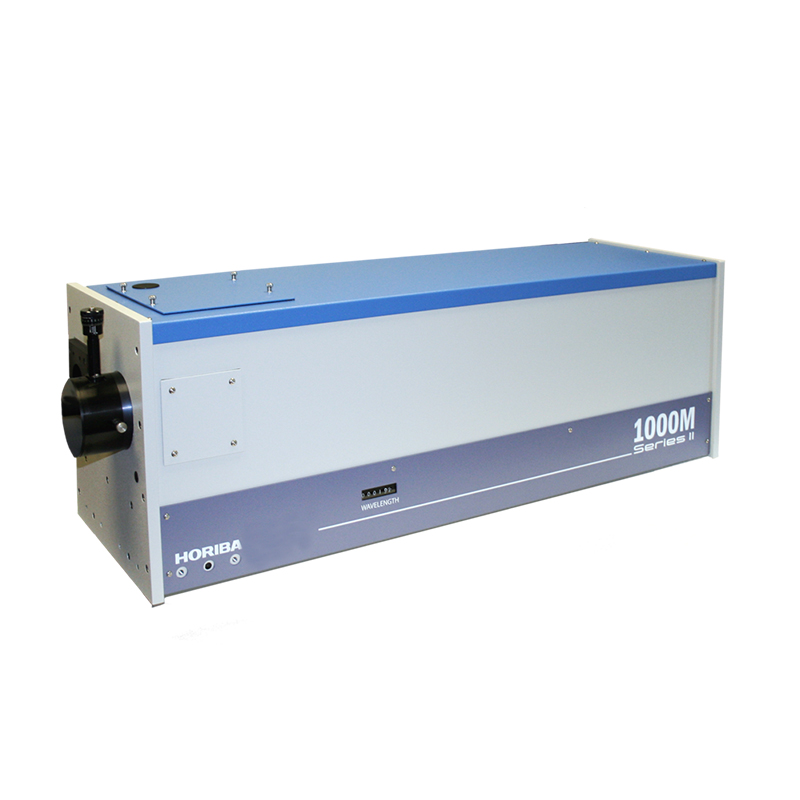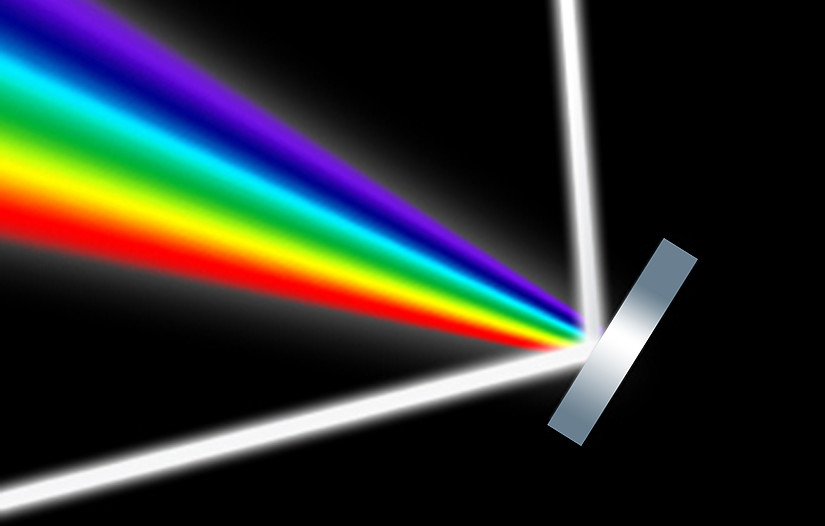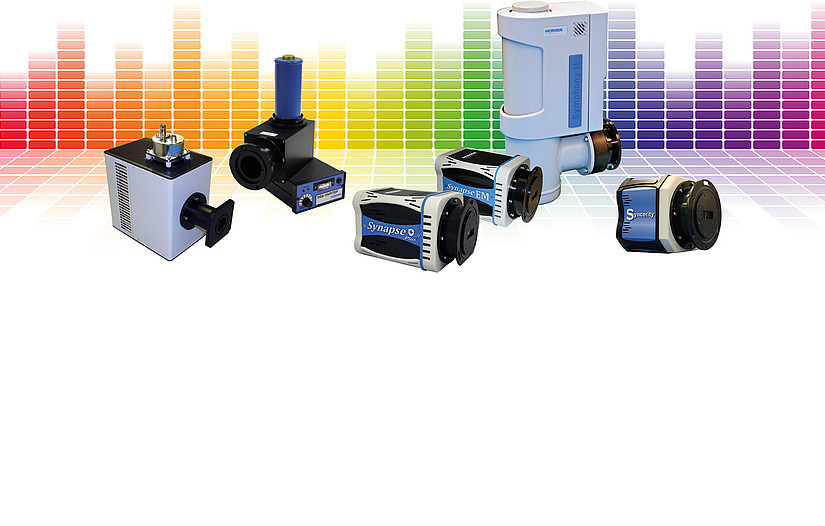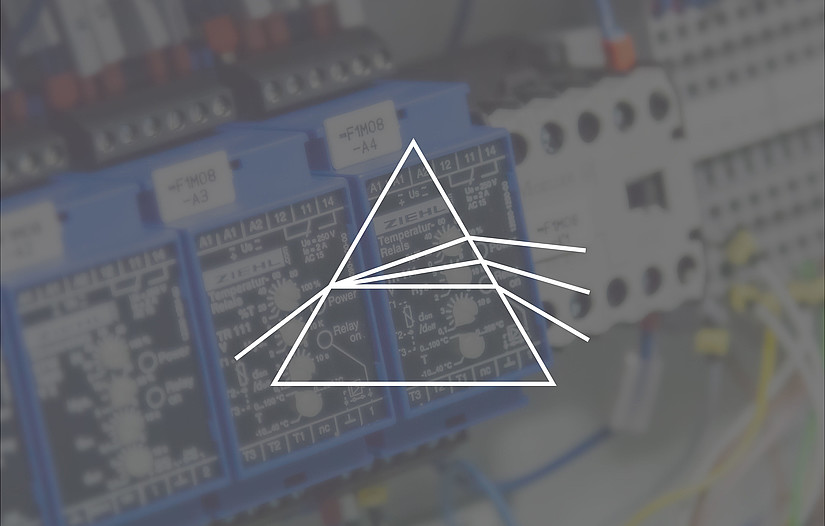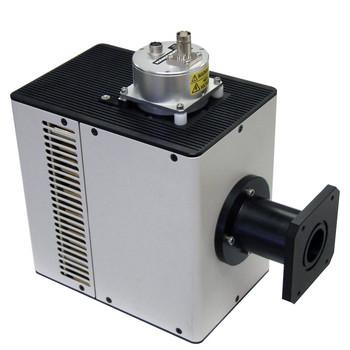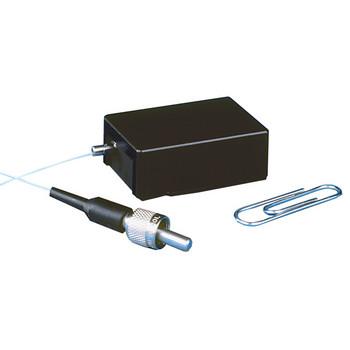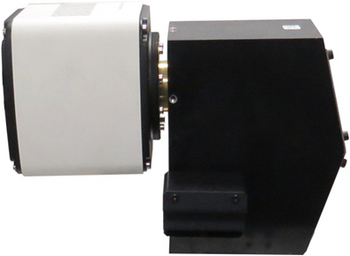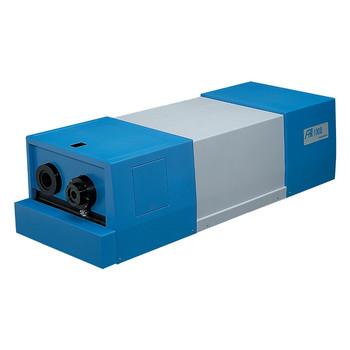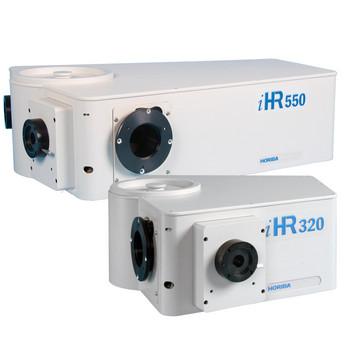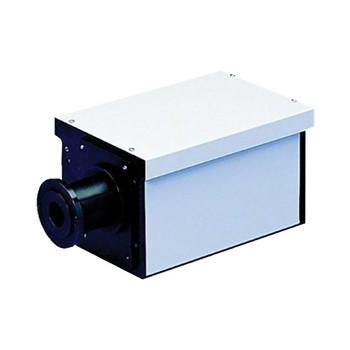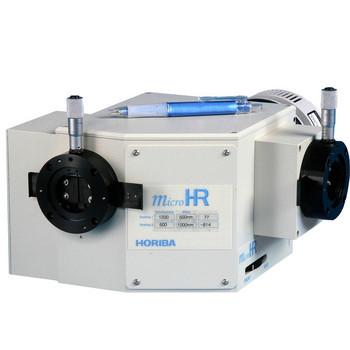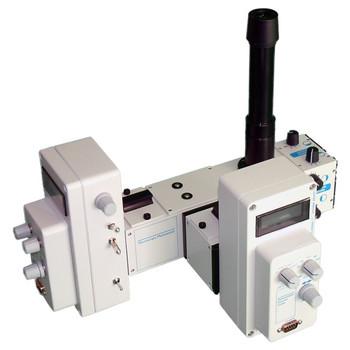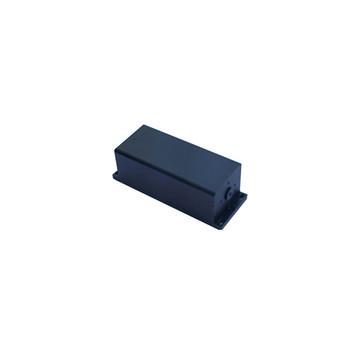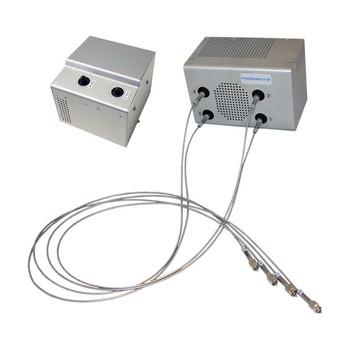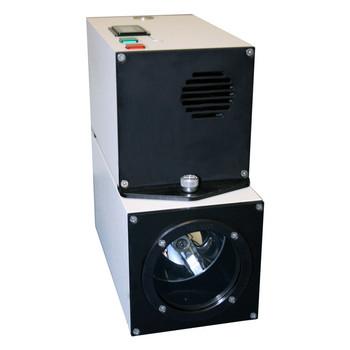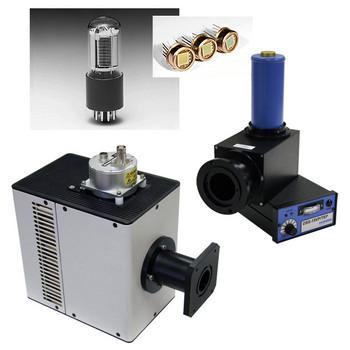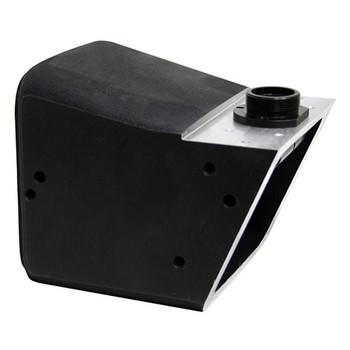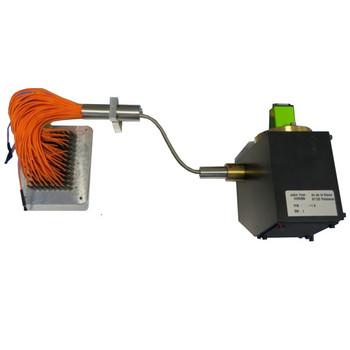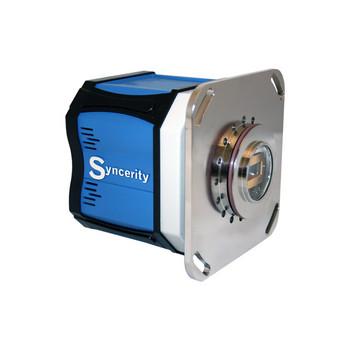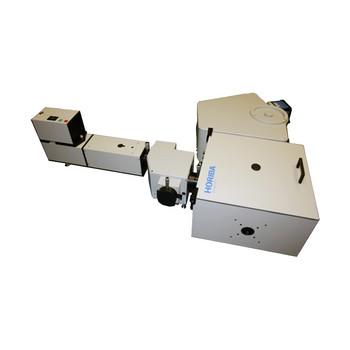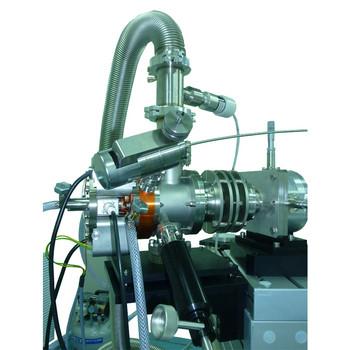
| 1000M | 1250M | ||
|---|---|---|---|
| Focal Length | 1 m | 1.25 m | |
| Aperture | f/8 | f/9 | |
| Spectral Range | 0-1500 nm | 0-1500 nm | |
| Grating Size | 110 mm x 110 mm | 110 mm x 110 mm | |
| Number of Gratings on Turret | 1 | 1 | |
| Resolution at Exit Slit with PMT | .008 nm | .006 nm | |
| Wavelength Accuracy | ±0.15 | ±0.15 | |
| Repeatability | ±0.005 | ±0.005 | |
| Spectral Dispersion(@ 500 nm) | 0.8nm/mm | 0.65 nm/mm | |
| Magnification | 1 | 1 | |
| Scan Speed | 4000 steps/nm | 4000 steps/nm | |
| Step Size | 0.00025 | 0.00025 | |
| Computer Interface | USB 2.0 | USB 2.0 | |
| Dimensions | Length | 109.2 cm (43 in) | 134.6 cm (53 in) |
| Width | 34.9 cm (13.75 in) | 45 cm (17.75 in) | |
| Height | 36.8 cm (14.5 in) | 36.8 cm (14.5 in) | |
| Weight | 72.7 kg (160 lb) | 72.7 kg (160 lb) | |
*All specifications given for 1200 g/mm grating at 313.183 nm and are subject to change without notice.
